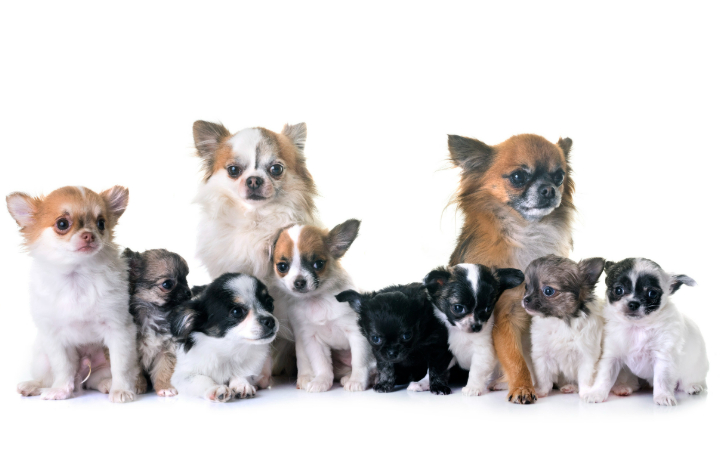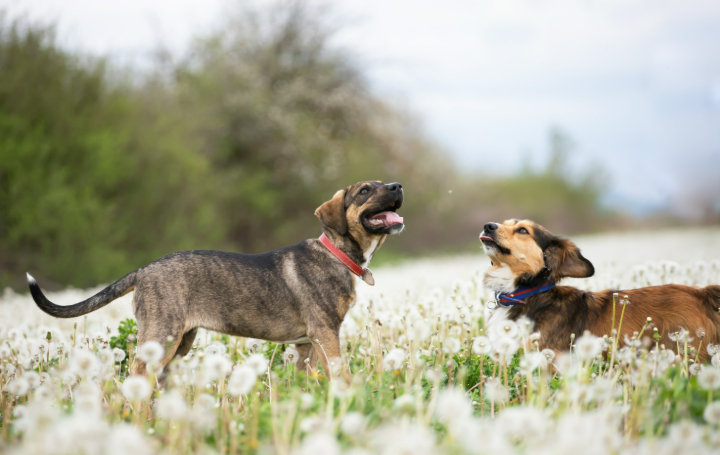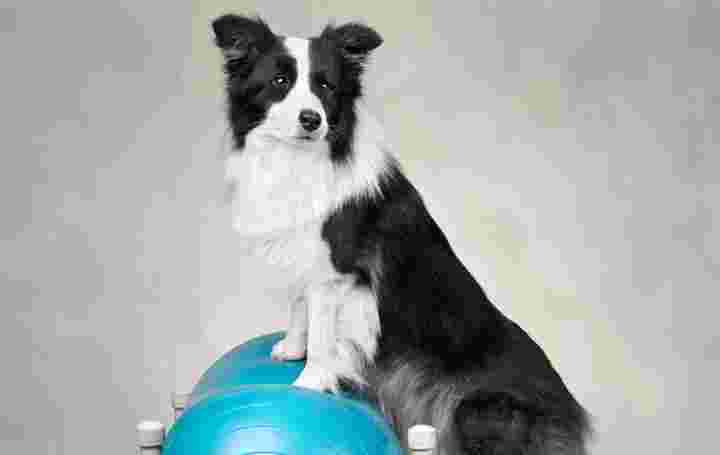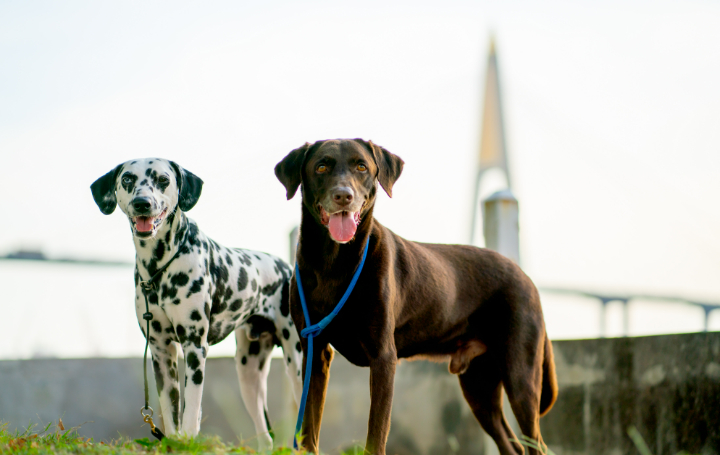The Evolution of Dog Breeding: Trends and Future Directions
Dogs have been our loyal companions for thousands of years, evolving alongside humans in ways that go beyond just friendship. From the fierce wolves that roamed ancient lands to the cuddly lapdogs we adore today, dog breeding has shaped the way our furry friends look, act, and even think. But breeding isn’t just about creating cute pups—it’s a complex journey that reflects human needs, cultural shifts, and scientific advancements.
In this article, we’ll take a closer look at how dog breeding has evolved over time, the latest trends shaping the industry, and what the future might hold for our beloved canines.
A Brief History of Dog Breeding
Thousands of years ago, all dogs shared a common ancestor: the wild wolf. Early humans tamed wolves, forming a mutually beneficial relationship. These wolves provided protection and hunting assistance, while humans offered food and shelter. Over time, certain wolves with friendlier temperaments stuck around, leading to the first domesticated dogs.
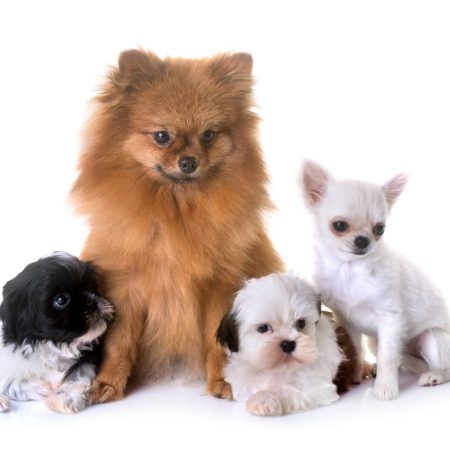
As civilizations advanced, people began breeding dogs for specific purposes. Ancient Egyptians bred sighthounds like the Saluki for hunting, while Romans developed strong war dogs like the Mastiff. By the Middle Ages, dogs were being selectively bred for specialized jobs—herding sheep, pulling carts, guarding homes, and even acting as royal companions.
By the 19th and 20th centuries, formal dog breeding became more structured. Kennel clubs and breed standards were introduced, leading to the development of hundreds of unique dog breeds, each with its own look, personality, and skillset. However, as breeding became more focused on appearance rather than function, some breeds began facing genetic health issues—a challenge that modern breeders are now working to address.
Modern Trends in Dog Breeding
Today, dog breeding is influenced by science, ethics, and shifting societal values. Here are some of the biggest trends shaping the industry:
1. Health-Focused Breeding
One of the biggest changes in dog breeding is the growing emphasis on health and well-being. In the past, breeders often prioritized appearance over health, leading to issues like hip dysplasia in German Shepherds or breathing difficulties in Pugs and Bulldogs. Now, responsible breeders are using genetic testing to reduce hereditary diseases and promote healthier dogs.
New breeding techniques, such as outcrossing (introducing unrelated bloodlines), are helping reduce the risk of inherited conditions. Organizations like the American Kennel Club (AKC) and The Kennel Club in the UK are encouraging breeders to prioritize longevity and overall health rather than just looks.
2. The Rise of Designer Dogs
Ever heard of a Labradoodle? What about a Pomsky? These “designer dogs” are mixed breeds intentionally created by combining two purebred dogs. The idea behind these breeds is to blend the best traits of each parent—such as the intelligence of a Poodle with the friendliness of a Labrador Retriever.

While designer dogs are popular among families looking for unique, hypoallergenic, or well-tempered companions, critics argue that unpredictable traits and lack of breed standards can lead to inconsistencies in health and behavior. Still, the demand for these hybrid breeds continues to grow, reshaping the breeding industry.
3. Ethical and Responsible Breeding Practices
With growing awareness of puppy mills and unethical breeding practices, responsible pet ownership is becoming a priority. More people are seeking dogs from reputable breeders who follow ethical guidelines, prioritize the well-being of the animals, and avoid overbreeding.
Adoption and rescue efforts have also gained popularity, with many families opting to adopt rather than buy from breeders. Organizations like the ASPCA and local shelters work to rehome abandoned dogs, reducing the demand for unethical breeding operations.
4. Climate and Lifestyle Adaptation
As climate change affects our environment, dog breeds are also being adapted to different weather conditions and lifestyles. For example, as more people move to urban areas, small and low-maintenance breeds like French Bulldogs and Dachshunds are becoming more popular.
At the same time, with more people embracing active outdoor lifestyles, demand for energetic, athletic breeds like Border Collies and Huskies is rising. Breeding trends are shifting to match human lifestyles and environmental changes.
What Does the Future Hold for Dog Breeding?
As science and society continue to evolve, so will dog breeding. Here’s what we might see in the coming years:
1. Genetic Engineering and Cloning
While it might sound like something out of a sci-fi movie, genetic engineering is already playing a role in animal breeding. Scientists are researching ways to eliminate hereditary diseases and even enhance desirable traits like intelligence and temperament.
Cloning is another possibility—wealthy pet owners have already begun cloning their beloved dogs. Though controversial, advancements in cloning technology could one day make it a common practice, preserving the genetic legacy of exceptional dogs.
2. AI and Technology in Breeding
Artificial intelligence (AI) and advanced genetic testing may revolutionize dog breeding. AI can analyze genetic data to predict health outcomes, temperament, and compatibility, helping breeders make informed decisions.
In addition, wearable technology like smart collars and health trackers will provide real-time data on a dog’s well-being, leading to improved breeding decisions and overall dog health.
3. A Shift Towards More Natural, Mixed Breeds
With growing concerns about the health of purebred dogs, the future might see a greater appreciation for mixed breeds and naturally occurring dog populations. Some experts believe that encouraging natural selection and less controlled breeding could lead to healthier, more resilient dogs.
This doesn’t mean the end of purebred dogs, but rather a shift toward balancing aesthetics with health and functionality.
Conclusion: A Brighter Future for Man’s Best Friend
Dog breeding has come a long way—from wolves hunting alongside ancient humans to meticulously bred show dogs. While trends continue to evolve, one thing remains constant: our love for dogs and our desire to give them the best lives possible.
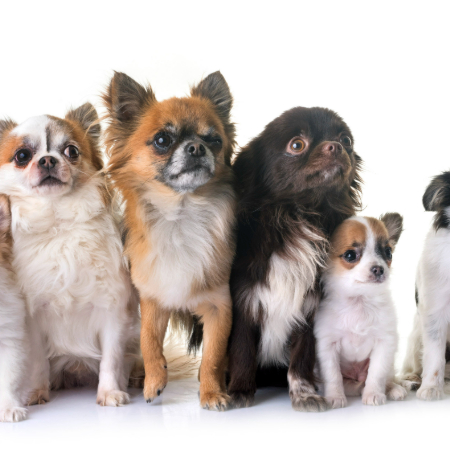
As science, ethics, and technology progress, the future of dog breeding looks promising. By prioritizing health, ethical practices, and responsible ownership, we can ensure that future generations of dogs live longer, happier, and healthier lives.
Whether you’re a breeder, a pet parent, or just a dog lover, one thing is clear—dogs will always have a special place in our hearts, no matter how they evolve!
Tags
